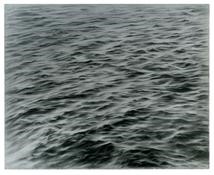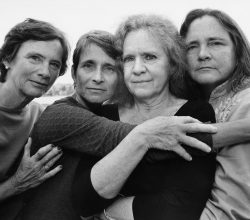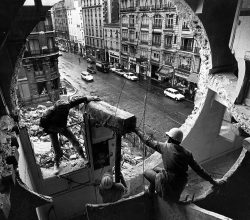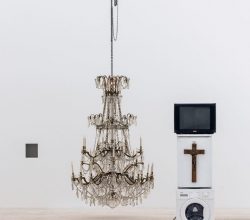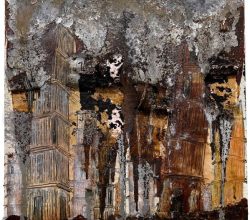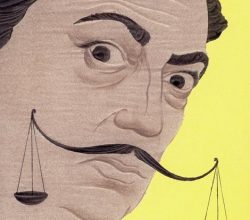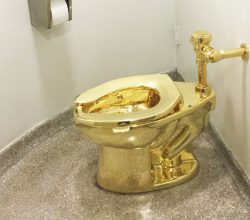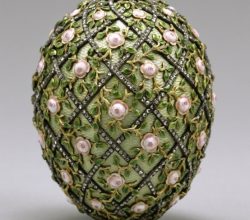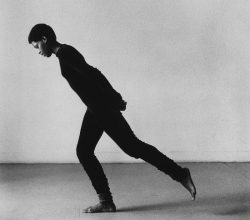
12 Masterful Portraits Leave Their Castle For The First Time
Wendy Moonan | 1stdibs | 29th January 2018
Velazquez was the greater painter but, still, Zurbarán was a star of the Spanish Baroque. Velazquez went off to the royal court but devout Zurbarán painted for churches and monasteries. Probably intended for churches in the New World these monumental portraits instead ended up in rural England, scarcely to be seen in 250 years. Zurbarán, it seems, “is about to be rediscovered yet again”. A discussion of the paintings is here.

